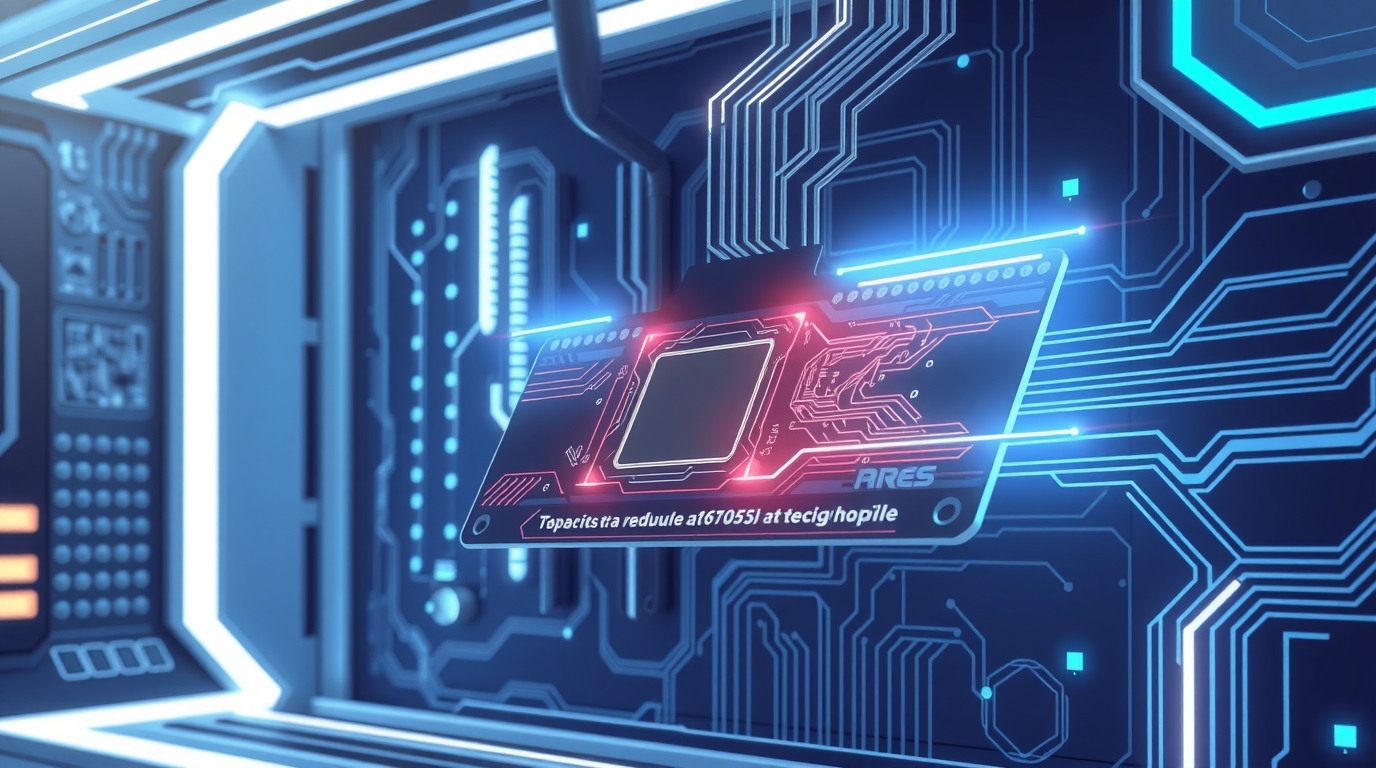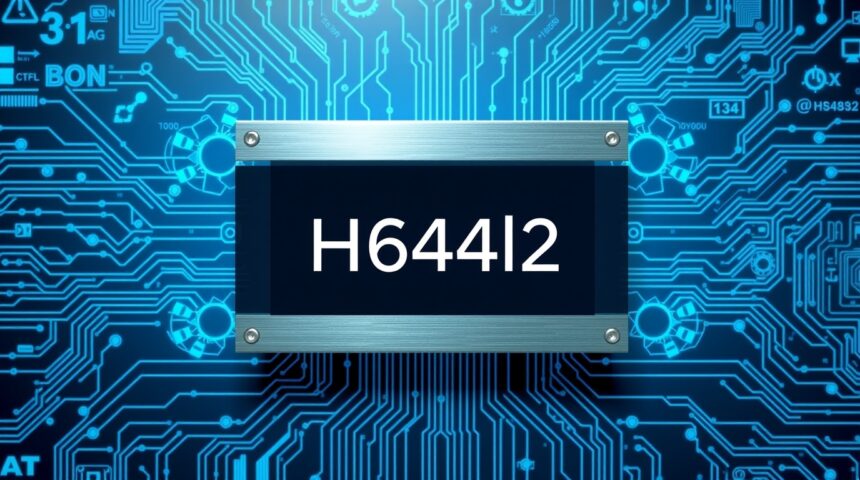When working with specialized equipment or components, proper installation is often the difference between long-term reliability and frustrating downtime. The H644l2 is one such product that requires careful handling and correct setup. Whether you are integrating it into a new system, upgrading an older configuration, or simply replacing a faulty unit, following a structured installation process ensures smooth operation. This guide has been created specifically for a U.S. audience, with clear, practical, and easy-to-follow instructions designed to make the installation process both straightforward and successful.
By the end of this article, you will not only know how to install the H644l2 correctly, but also understand the essential steps for preparation, connection, configuration, and post-installation checks. This comprehensive walkthrough emphasizes safety, compatibility, and performance, helping you get the most out of your equipment.
Step 1: Understanding the H644l2 Before Installation
Before beginning the installation process, it’s important to have a solid understanding of what the H644l2 is and where it fits in your system. Many components or modules, especially those with alphanumeric identifiers like this, are designed for highly specific uses. This might include integration with electronic systems, networking hardware, or mechanical equipment. Reviewing the product specifications ahead of time will help you confirm whether your setup environment is compatible with the H644l2. Taking the time to study the product datasheet, manufacturer’s documentation, or user manual can save you from costly errors during installation.
Step 2: Preparing the Workspace
Installation begins long before the actual component is put in place. A clean, organized, and properly prepared workspace is essential. Dust, static electricity, and cluttered surfaces are some of the most common causes of installation problems. Before working with the H644l2, clear your area of unnecessary items, lay out a non-conductive surface, and, if the product involves electronics, wear an anti-static wrist strap to prevent electrostatic discharge damage. In many cases, ensuring proper ventilation and lighting in the workspace can also make a significant difference in installation efficiency and accuracy.

Step 3: Inspecting the H644l2 Unit
Upon unboxing the H644l2, take the time to inspect it closely. Look for visible defects, missing components, or any shipping damage that could affect performance. Even a small crack, bent pin, or dented casing can lead to functional issues later. Manufacturers typically provide a checklist or quick-start guide that details all the included parts. Compare your unit against this list to verify that you have everything required for the installation. If anything is missing or damaged, contact the supplier immediately before proceeding.
Step 4: Gathering Required Tools and Accessories
Having the right tools on hand is just as important as having the correct component. Depending on the specific application of the H644l2, you may need screwdrivers, pliers, mounting brackets, protective casings, or specialized cables. If the installation involves wiring or connectors, confirm that you have the appropriate gauge and type of cable recommended by the manufacturer. For electronic integrations, a multimeter can also be useful to test continuity and confirm power connections. Preparing all tools beforehand prevents unnecessary interruptions once you begin the installation process.
Step 5: Positioning and Mounting the H644l2
Once your workspace is ready and your tools are gathered, it’s time to position the H644l2 in its designated location. Aligning the component correctly is critical for both mechanical stability and functional performance. If it is mounted within a chassis or enclosure, ensure that it sits flush with the mounting surface and that any fastening points line up properly. Avoid overtightening screws or brackets, as this could damage the housing or create stress fractures. A stable mount not only protects the device but also improves long-term reliability by minimizing vibration or movement.
Step 6: Making Proper Connections
The most critical step in installing the H644l2 is establishing the correct connections. Depending on the application, this may involve wiring power inputs, connecting data or signal lines, or securing modular connectors. Always double-check orientation before plugging in connectors, as forcing them incorrectly can cause permanent damage. If the H644l2 interfaces with other hardware, review the system’s wiring diagram to confirm compatibility. For power connections, make sure voltage and polarity match the manufacturer’s requirements. Mistakes here can lead to malfunction, overheating, or even safety hazards.
Step 7: Initial Power-Up and Configuration
After all connections are securely made, the next step is to power on the system. Powering up the H644l2 for the first time should be done carefully, with close attention to any signs of malfunction such as abnormal noise, overheating, or error indicators. Many modern devices come with built-in status LEDs or diagnostic displays that provide quick feedback on whether the unit is functioning properly. At this stage, follow the manufacturer’s setup or configuration steps, which might include updating firmware, calibrating settings, or syncing with connected devices.
Step 8: Testing for Proper Operation
Testing is one of the most important parts of a successful installation. Once the H644l2 is powered and configured, perform a series of checks to verify that it operates as intended. This might include running system diagnostics, checking output signals, or performing trial operations. Pay close attention to performance consistency, stability, and responsiveness. If the unit is part of a larger system, test its interactions with surrounding components to confirm that it integrates smoothly without creating errors.
Step 9: Troubleshooting Common Issues
Even with careful preparation, issues can sometimes arise during installation. Common problems with components like the H644l2 include incorrect connections, power supply mismatches, or incompatibility with other system elements. If the unit does not power on, double-check voltage requirements and connector orientations. If it behaves erratically, review configuration settings or test cables for continuity. Following the troubleshooting section of the manufacturer’s guide can also provide specific insights into common error codes or performance symptoms.
Step 10: Securing and Finalizing the Installation
Once the H644l2 has been tested and verified, the last step is to secure the installation. Replace any covers, organize and tie down cables, and ensure that all connections are stable. Creating a neat and secure installation not only looks professional but also reduces the risk of accidental disconnections or overheating. Labeling connections can also be helpful for future maintenance or upgrades, especially if the H644l2 is part of a complex system.
Step 11: Maintenance and Long-Term Care
A successful installation is only the beginning of a product’s lifecycle. To keep the H644l2 functioning at peak performance, routine maintenance may be required. This could include periodic inspections, cleaning dust or debris from ventilation points, checking cables for wear, and updating firmware when necessary. Establishing a regular maintenance schedule ensures that small issues are caught before they become major problems, extending the lifespan of your investment.
Final Thoughts
Installing the H644l2 doesn’t have to be intimidating. By following a structured, step-by-step process, you can ensure that your equipment operates reliably from the very beginning. From preparing your workspace and gathering tools, to mounting, connecting, testing, and maintaining the device, each step plays a vital role in the overall success of the installation. Whether you are a technician, DIY enthusiast, or professional installer, these instructions provide the clarity and detail needed for a smooth experience.
Taking the time to follow best practices during installation pays off with improved performance, reduced downtime, and greater confidence in your system. With the right preparation and careful attention to detail, the H644l2 can deliver dependable service for years to come.
Frequently Asked Questions (FAQs)
1. What is the H644l2 used for?
The H644l2 is a specialized component designed for integration into larger systems, often related to electronics, networking, or modular hardware. Its specific application depends on the system in which it is installed, but its primary role is to provide stable and reliable functionality within that environment.
2. Do I need special tools to install the H644l2?
In most cases, only basic tools such as screwdrivers and mounting hardware are required. However, depending on your setup, you may also need anti-static protection gear, specialized cables, or a multimeter to test electrical connections.
3. Can I install the H644l2 without professional help?
Yes, many users can install the H644l2 on their own if they carefully follow the manufacturer’s guidelines and use this step-by-step guide. However, for complex integrations or if you’re unsure about compatibility, consulting a professional technician may be beneficial.
4. What should I do if the H644l2 doesn’t power on?
First, check the power supply voltage and connector orientation. Next, verify that all cables are properly seated and that the system’s power source is functional. If the problem persists, consult the manufacturer’s troubleshooting guide or contact support.
5. How can I extend the lifespan of my H644l2?
Routine maintenance is key. Keep the unit clean, inspect cables regularly, update firmware when available, and avoid exposing the component to extreme heat, dust, or moisture. Proper care ensures longer-lasting and more reliable performance.
FOR MORE : FLIPPAMAGAZINE












